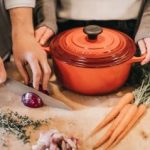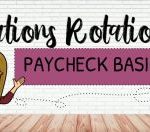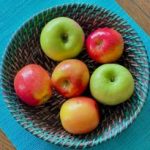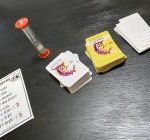
Several years ago I learned about the teaching strategy called Hexagonal Thinking. There are many variations on how to utilize the concept in class, but the one I want to focus on is the Hexagonal Keyword Links for FACS Content. This is a great brainstorm, review or assessment activity to use with your students to see how they apply the information related to topics you are covering. Read on to see how Hexagonal Keyword Links works and all of the ready to use examples. As always, if you have ideas for others, please let me know.










